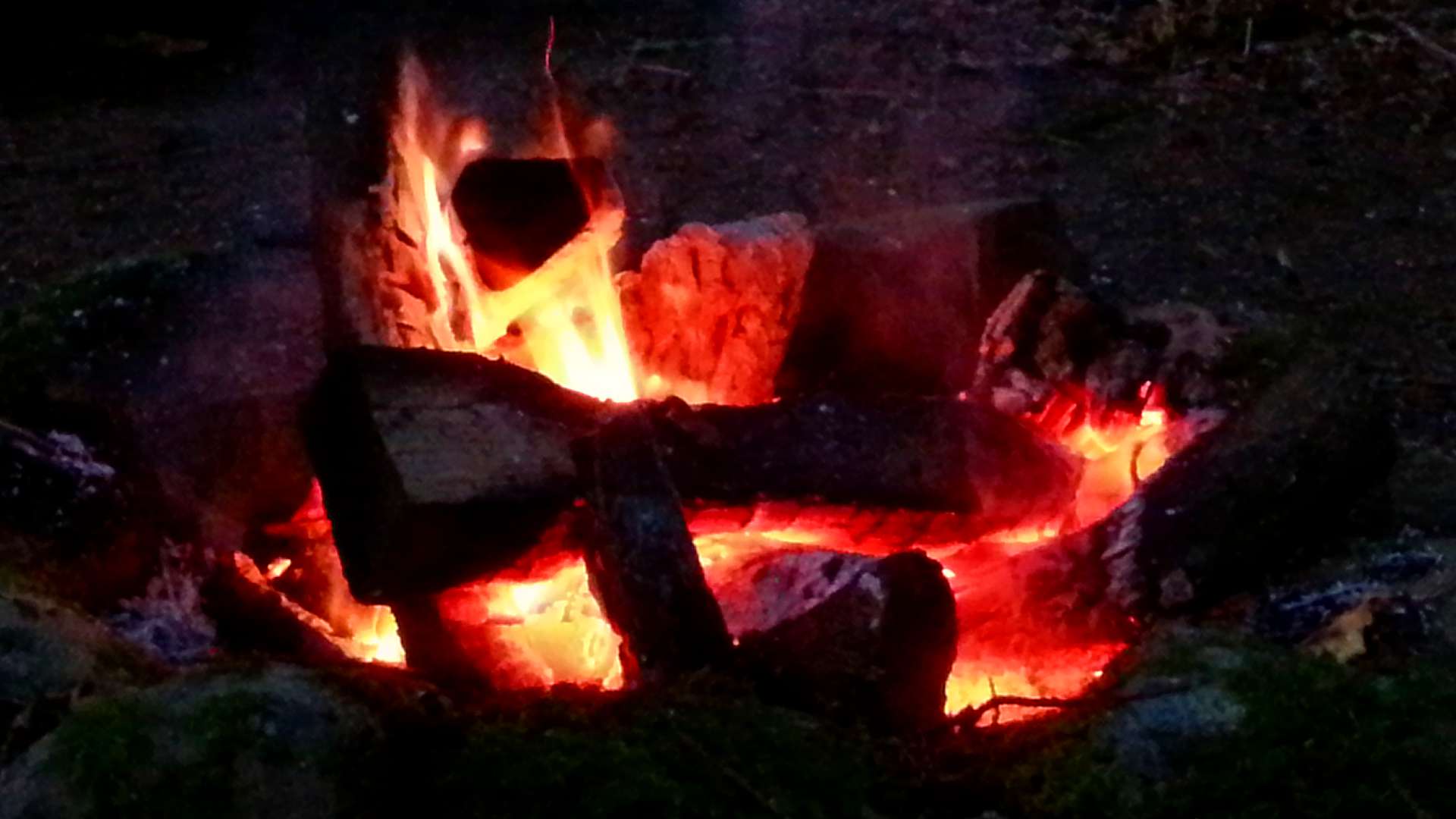Podcast: Download (Duration: 31:14 — 31.4MB)
Today on The First 40 Miles, fire has met its match. Learn five ways to light a fire that you may not have heard of before. Then on the SUMMIT Gear Review, Heather’s obsession with stoves is fueled with a piece of gear that not only burns sticks, but burns smoke as well. On the Backpack Hack of the Week, learn how to make a cotton ball into a charpuff that can be the slow-burning nucleus for the perfect fire. Then we’ll leave you with a little trail wisdom from a man of few words—six words to be exact.
Show Notes: Episode 042
Opening
- What is it about fire? What do you love about fire?
- Feels like it’s alive
- National Parks Service reports that as many as 90 percent of wildland fires in the United States are caused by humans. Some human-caused fires result from campfires left unattended, the burning of debris, negligently discarded cigarettes and intentional acts of arson
- The remaining 10 percent are started by natural causes (lightning and lava)
The Top 5 Impressive Ways to Light a Fire
Fire Piston
- Rod slips tightly into a shaft and the pressurized air raises the temperature so rapidly that the char cloth turns into an ember
- Ferro rod with a wick that is dipped in butane
- When you strike it, the spark, wick and butane all light up and it makes a pseudo match
Magnifying Lens
- Pro: Relies on skills you developed as a seven year old in your backyard.
- Con: Can’t light fires at night
Cell Phone Battery and Steel Wool
- Check your cell phone battery to see if it can spark steel wool
- Even a “dead” battery can start a spark
- “Sparked by nature”
- Puts out a superfine blue flame that reaches 2300 degrees Fahrenheit
- Windproof
- A disposable lighter increases its lifespan by 60% when used with the Pocket Torch.
- 8 oz.
- May not work above 5000 feet or at very ow temperatures
Two cool ways to get the fire started:
Fire cord: 550 paracord, but it has a strand of waterproof, cord inside that’s a fire starter.
Live Fire: is great for catching sparks. It comes in a tin and all you have to do is fluff it up with your fingernail, and it’ll take and hold a spark til it yells “Uncle”
SUMMIT Gear Review™: Solo Stove
Structure
- Made of 304 stainless steel, nichrome wire
- You can also buy a pot into which the stove will fit perfectly
- Stove assembles easily
- Doesn’t break down flat like the Enberlit Fire Ant, but it does something that the Emberlit FireAnt doesn’t. It gives you a secondary burn!
Utility
- Solo Stove is an inverted downgas gasifier stove or a Secondary Combustion Stove.
- It relies on forest debris as its primary fuel source
- Burns wood (feed it in through the top or side)
- 8-10 mins (32 fl oz of water)
- Can fit any size pot on top
Mass
- Height 3.8 inches, Width 4.25 inches
- Weight: 9 oz.
Maintenance
- Let it cool, then package it back up in stuff sack
- Store in stuff sack to prevent your gear from getting sooty
Investment
- $69.99
Trial
- Requires a little more clean up afterwards because it will blacken your mug, so be sure to bring along a dedicated rag for cleaning up the soot
- We used it on a recent trip and loved it, however we won’t be bringing it on our upcoming trip because of all the forest fires.
Backpack Hack of the Week™: Charcloth or Charpuffs in a Tuna Can
Clean out a tuna can. Poke a hole in the lid of the tuna can with a hammer and nail. Put 6-8 cotton balls in the tuna can. Set the tuna can (with lid) on top of your backpacking stove. And turn it on. As the stove burns you may see flames coming from the hole in the tuna can. When the flames stop, you will open the can and see your white cotton balls have turned black, but they are not brittle. They are smaller. They will take a spark and burn more slowly allowing you to start your fire.
Charcloth or charpuffs are great because they take a spark from a fint and steel and it burns slowly
Trail Wisdom
“Only you can prevent forest fires”
-Smokey Bear

